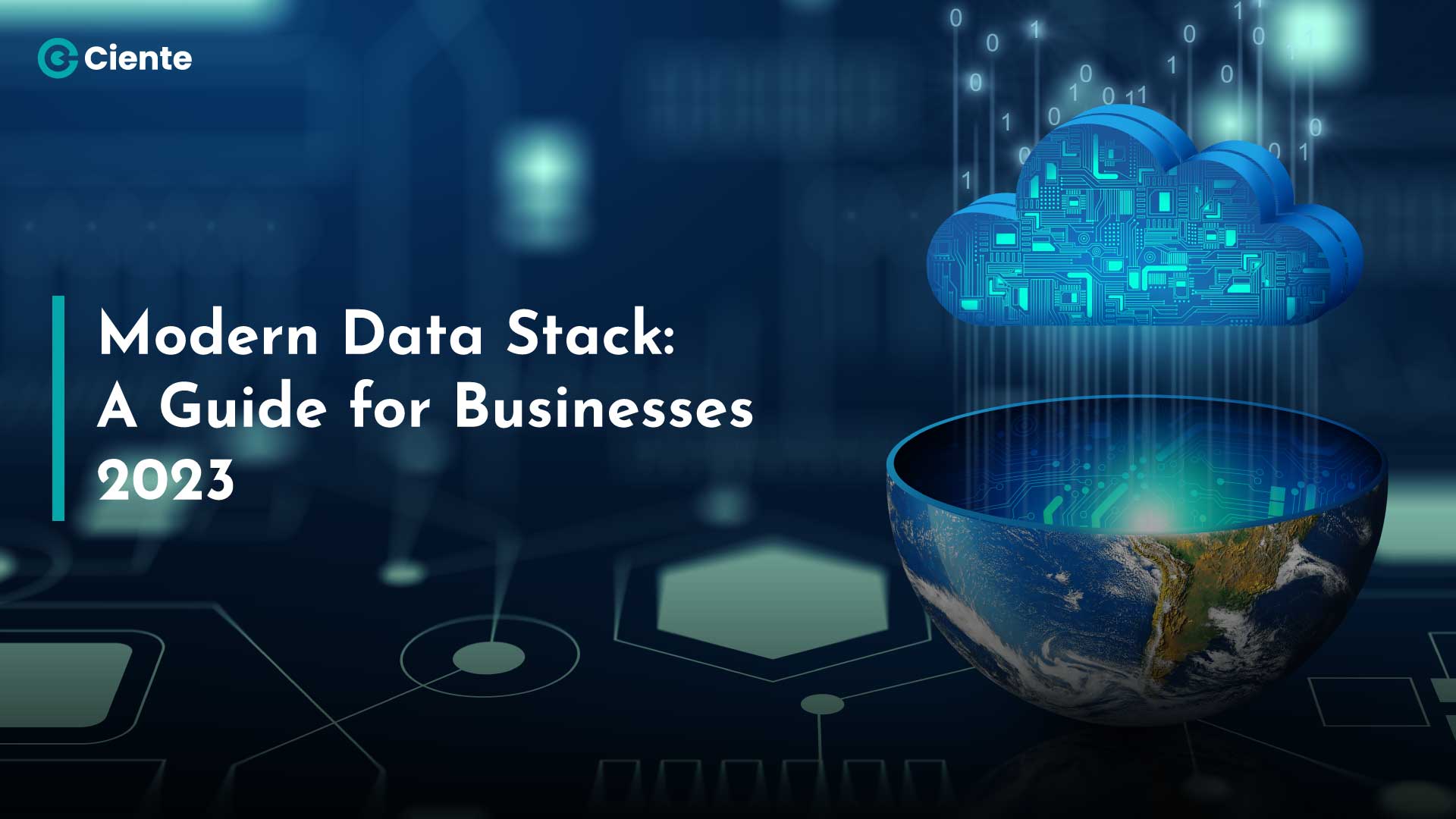
How to Use Data Analytics to Improve Customer Experience
A good CX can bring you closer to your brand

A good CX can bring you closer to your brand

Customer journey orchestration is about building genuine connections with prospects

Data analytics can immensely impact and improve a business’s decision-making

Seamless integration of marketing automation and CRM maximizes efficiency, boosts

As technology advances, so does the data stack. Before you